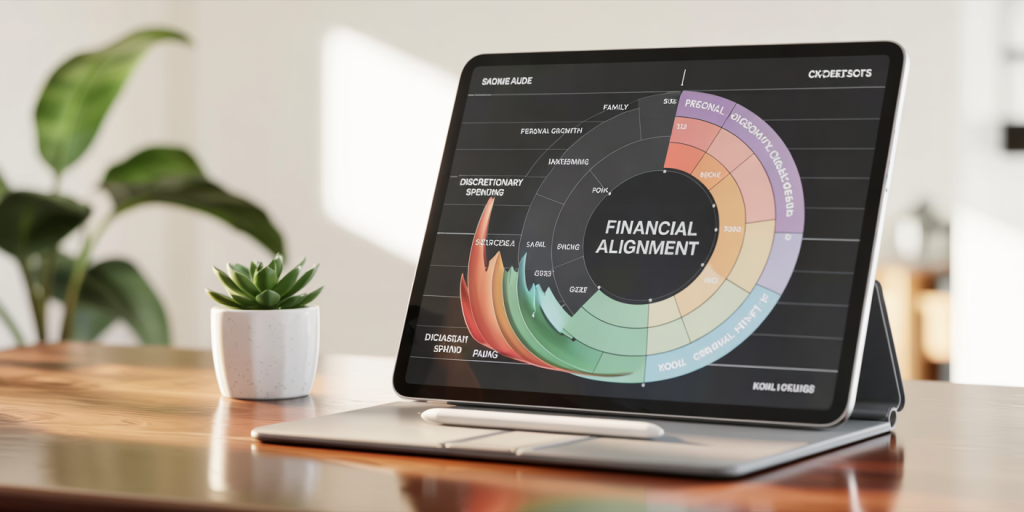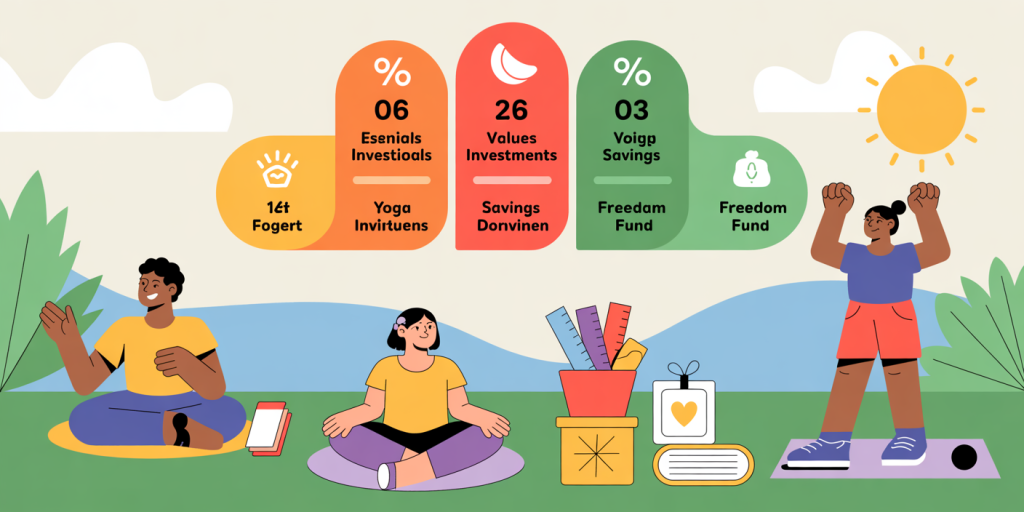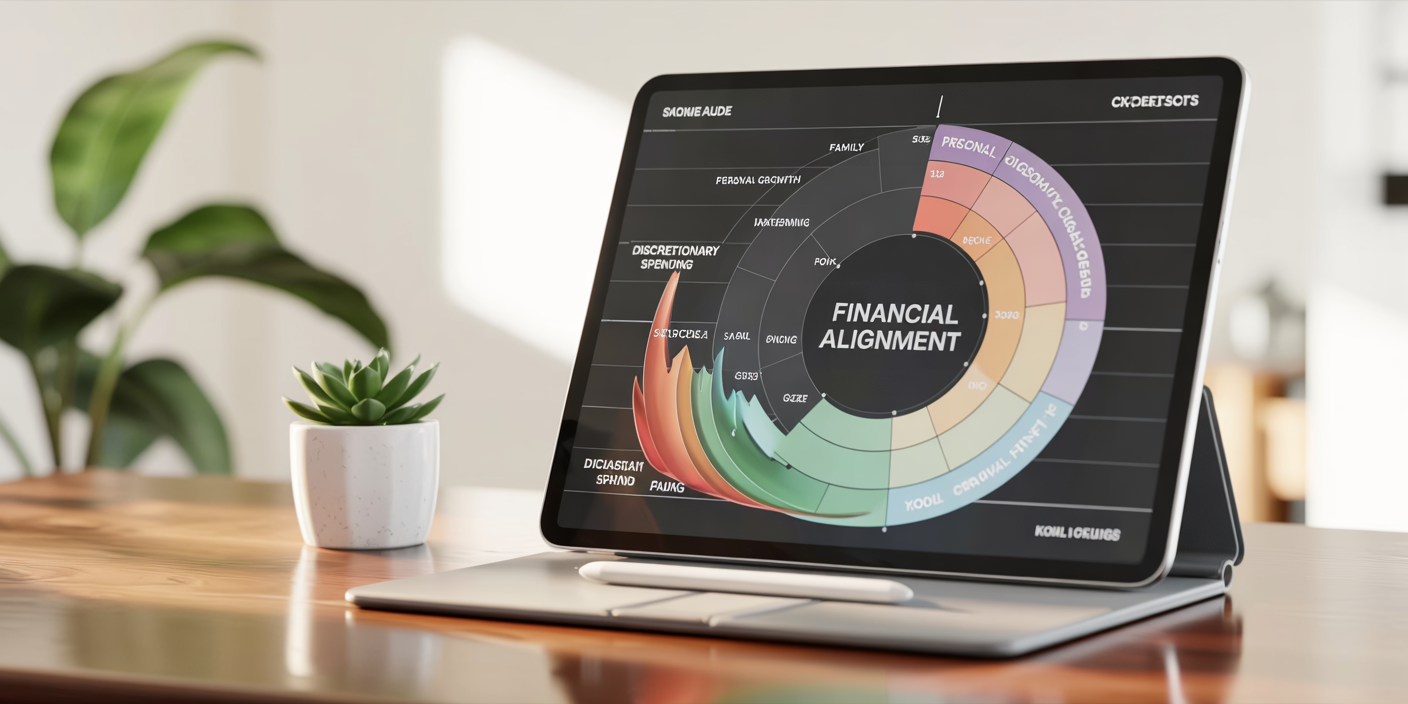Building a Values-Based Spending Plan That Feels Good
In today’s fast-paced financial landscape, people are increasingly seeking ways to manage their money that align with their core beliefs and long-term happiness. Traditional budgeting methods often focus on cutting costs indiscriminately or maximizing savings without regard for personal fulfillment. This results in frustration and diminished motivation, leading to poor financial decisions over time. A values-based spending plan, on the other hand, emphasizes intentionality and alignment with what truly matters to you. It creates a blueprint not only for responsible money management but also for a gratifying financial life.
This article delves into building a spending plan centered on values, exploring its benefits and practical steps for implementation. We will cover how to identify personal values, assess spending habits objectively, and align budgets that promote both financial security and emotional well-being.
Understanding Values-Based Spending
Values-based spending is a budgeting approach that prioritizes expenditures reflecting your core beliefs and goals rather than external pressures or transient desires. For example, if sustainability ranks highly among your values, funds might be allocated toward eco-friendly products or supporting local businesses instead of mass-produced or fast-fashion items.
Statistics reveal that Americans who say they budget around their personal values experience 35% higher financial satisfaction than those who don’t (Source: Financial Health Network, 2023). This approach fosters a sense of control and joy since your spending aligns with what genuinely brings meaning to life. It shifts the mindset from “limiting” to “liberating,” making money management less stressful and more purposeful.
Consider the example of a young professional, Maria, who initially struggled with impulsive spending on dining out and entertainment. After identifying that family connection and health were paramount values, she redesigned her budget to prioritize weekly family dinners at home and a membership to a yoga studio. This transition not only improved her savings rate but enhanced her well-being by fostering quality family time and better physical health.
Steps to Identify Your Core Spending Values
The foundation of a values-based spending plan lies in clear self-awareness of what drives your financial choices. One effective method is reflective journaling combined with a values inventory. Write down significant experiences or activities that have brought you fulfillment or pride in the past year. Next, categorize these insights into broader themes such as security, adventure, learning, or giving back.
Another practical tool is creating a prioritization matrix of values ranked by importance and urgency. For instance, a recent survey found that 48% of millennials prioritize experiences over possessions, while only 29% of baby boomers reported the same (Source: Deloitte Global Millennial Survey, 2022). This highlights generational shifts in values that should be accounted for in personal spending plans.
Once you have a list, translate these into financial goals. For Maria, “family connection” might mean budgeting for weekend trips or hosting gatherings, whereas “health” translates to allocating funds for nutritious meals and fitness memberships. Prioritizing causes you care about can also factor in, such as dedicating a monthly amount to charitable donations, which 55% of U.S. adults reported doing regularly (Source: Giving USA Foundation, 2023).
Conducting a Spending Audit: Aligning Expenses with Values
An objective examination of current spending patterns is crucial before crafting any plan. This audit involves tracking every expense for a month and categorizing it based on your identified values. Tools like Mint, YNAB (You Need A Budget), or even a simple spreadsheet can facilitate this process.
For example, separate categories might include “family,” “health,” “personal growth,” “giving,” and “discretionary.” Compare your actual expenditures against what your values suggest they should be. Often, this analysis reveals discrepancies; Maria noticed she spent 25% more on entertainment unrelated to family than she preferred, prompting a reallocation of funds.

The following comparative table illustrates how spending might look before and after auditing for values alignment:
| Category | Before Audit (Monthly Spending) | After Values-Based Reallocation | Change (%) |
|---|---|---|---|
| Family | $200 | $400 | +100% |
| Health | $100 | $150 | +50% |
| Personal Growth | $50 | $100 | +100% |
| Giving | $20 | $80 | +300% |
| Discretionary | $300 | $170 | -43% |
This table illustrates a conscious shift from excess discretionary spending toward values-driven categories, resulting in a tailored budget that “feels good” and supports intentional living.
Creating a Flexible, Value-Centered Budget
Designing a budget that reflects your values does not mean eliminating all flexibility. Life is dynamic, and spending preferences can evolve. The key is to allocate funds in a way that balances commitment to what matters with room for occasional spontaneity.
Start by defining baseline expenses tied directly to values, such as education, family activities, or health-related costs. Next, designate a “freedom fund” for unplanned or experimental spending aligned broadly with your value framework. For instance, Maria’s $170 discretionary category might include trying new wellness classes or exploring cultural experiences.
Percentage-based allocation is a popular technique for value-based budgets. Below is a sample breakdown consistent with general financial recommendations, adjusted for individual priorities:
| Budget Category | Percentage of Income | Value Alignment |
|---|---|---|
| Essential Expenses | 50% | Housing, utilities, etc. |
| Values Investment | 20% | Family, health, growth |
| Savings & Debt Repay | 20% | Financial security |
| Freedom Fund | 10% | Discretionary, flexibility |
Incorporating regular budget reviews helps ensure ongoing alignment. Maria schedules quarterly check-ins that allow her to adjust allocations based on changing circumstances or new priorities.

Real-World Success Stories and Practical Advice
In practice, many people have transformed their financial lives through values-based planning. Take the case of David and Lisa, a couple in their 40s who reallocated a portion of their savings to fund annual volunteer trips, reflecting their commitment to community service. This purposeful spending led to improved relationship satisfaction and greater financial discipline, as their budget intentionally supported meaningful experiences.
Alternatively, individuals like Janelle, a freelance graphic designer, use a values-based approach to smooth income fluctuations. By prioritizing savings and health, she established a buffer fund that gives peace of mind during lean months without sacrificing wellness routines.
A practical tip is to involve family members or partners in the process. Shared values foster collaboration and prevent conflict over financial decisions. For instance, families with children can designate budgeting roles to teach value-conscious money management from an early age, reinforcing habits that lead to lifelong financial well-being.
Future Perspectives: The Growing Trend of Values-Driven Finance
The future of personal finance is leaning increasingly towards customization and emotional intelligence. Advances in financial technology (fintech) now enable tools that analyze spending not just by category but by alignment to individual values and goals. Companies such as Aspiration and DoneGood are pioneers in promoting ethical and sustainable spending by integrating value filters into shopping and investing platforms.

On a societal level, a 2024 survey found that 62% of consumers globally express willingness to pay more for ethical brands, reflecting a broader shift towards value-based consumption (Source: Global Ethical Consumerism Report, 2024). This trend is influencing how financial advisors and planners tailor their services, moving beyond number-crunching to holistic well-being consulting.
Integrating financial education with values exploration in schools and workplaces will further empower future generations to adopt this mindful spending approach. Ultimately, the goal is to cultivate a culture where money is seen not just as a resource for survival but as a tool for purpose-driven living.
Building a values-based spending plan demands thoughtful self-assessment and active management but results in a financially stable, emotionally satisfying lifestyle. By aligning budgets with what matters most, individuals can take control of their money and create a spending strategy that truly “feels good.” With statistics and real-world success stories backing this approach, it is clear that values-driven finance is a powerful method to forge lasting happiness and financial health.
